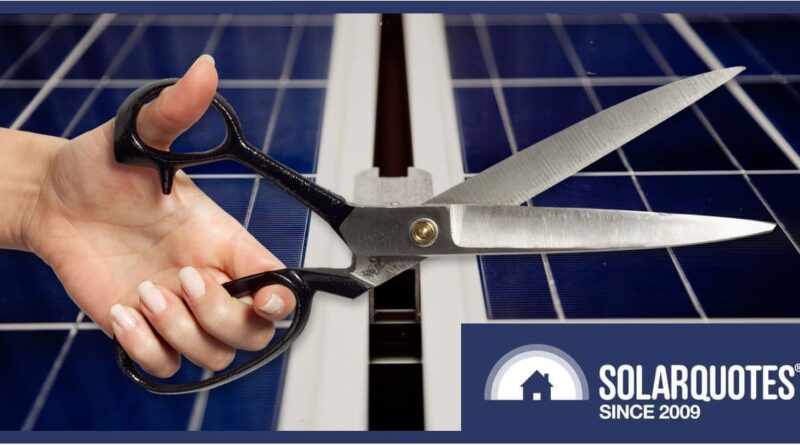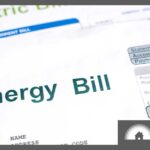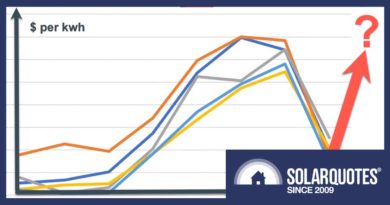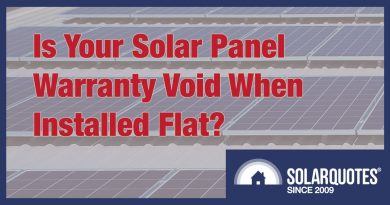EnergyAustralia Takes Its Scissors To Solar Feed-In Tariff Rates
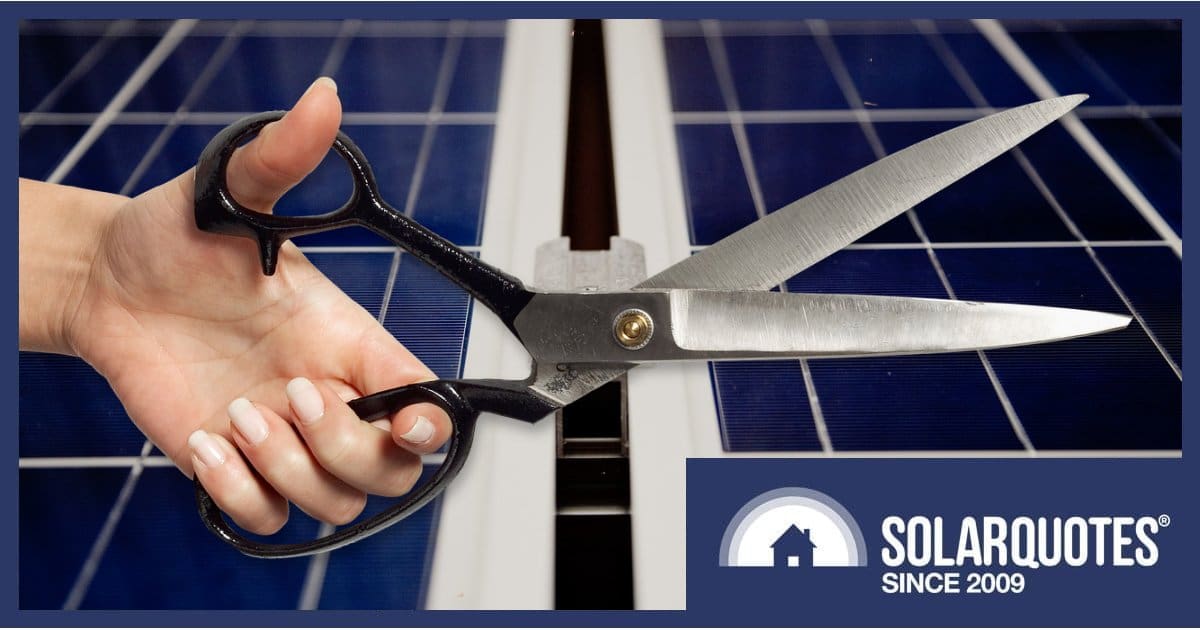
When the calendar flipped over to October, EnergyAustralia snipped its solar feed-in tariff rates across the board – and they’ve had quite a haircut.
EnergyAustralia services residential solar customers in Victoria, New South Wales, the Australian Capital Territory, South Australia and Queensland; and none have escaped the scissors. Here’s what’s happened with feed-in tariff (FiT) rates:
- Queensland – reduced from 6.6 c/kWh to 4.6 c/kWh
- New South Wales – reduced from 7.6 c/kWh to 5.0 c/kWh
- ACT – reduced from 7.6 c/kWh to 5.0 c/kWh
- South Australia – reduced from 8.5c c/kWh to 4.5 c/kWh
As for Victoria, on September 30 the single (flat) rate was 5.4 c/kWh and “Time of Use” FiT rates were:
- Peak (4pm-9pm every day) 11.7 c/kWh
- Shoulder – (9pm – 10am; 2pm – 4pm every day) 6.1 c/kWh
- Off Peak – (10am – 2pm every day) – 4.3 c/kWh
And as of yesterday, the single rate was dropped to: 3.3 c/kWh and the new ToU FiT rates are:
- Peak: 8.4 c/kWh
- Shoulder: 4.1 c/kWh
- Off Peak: 2.1 c/kWh
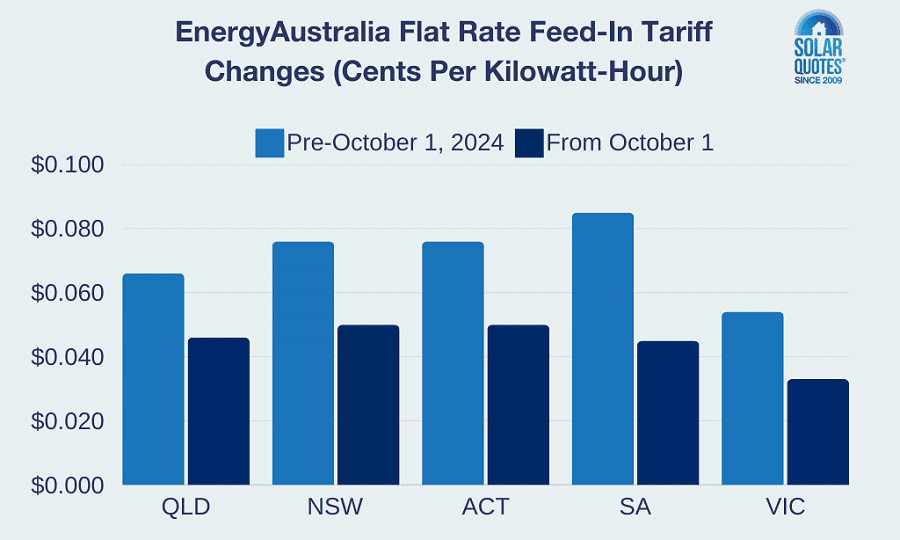
What About EA’s “Solar Max” Plans?
EnergyAustralia also offers “Solar Max” plans that offer higher rates than their standard feed-in tariff on the Flexi Plan. But this only applies to the first 12 kWh (previously 15 kWh) average solar energy exports per day across a billing period, after which the standard FiT rate will apply to the balance of exports.
In my corner of South Australia, the Solar Max rate was 10c/kWh (previously 12c/kWh) at the time of writing, but opting for that plan involves forgoing an 18% discount off the total energy bill in my case.
You can compare EA plans here and see if Solar Max is available to you and if it might be worth it in your circumstances.
… and on that note:
The Easy Way To Compare Electricity Retailers
Given the changes, EnergyAustralia customers might want to consider comparing electricity plans among all retailers to see if they are still on the best deal for their circumstances or if it’s time to shift. Note that it will be a day or two before the SolarQuotes comparison tool will have the latest rates.
Also bear in mind the best electricity plan for solar owners offers a balance of high (relatively speaking) feed-in-tariffs, low usage tariffs and low daily charges. Solar-only owners are usually better off with fixed tariffs, whereas the most appropriate plan for solar + battery owners is often a time-of-use tariff offering lower off-peak and shoulder rates.
Thinking About A Home Battery?
News like this tends to get solar households thinking about installing a home battery system; particularly if they aren’t able to time-shift appliance use as much as they’d like to maximise self-consumption and consume a significant amount of mains electricity in the evenings.
A home battery enables you to store the valuable energy you’d otherwise be paid a pittance for when exporting, and use that electricity overnight (or whenever it’s needed) – avoiding some or all mains grid consumption charges during that timeframe.
But a battery is quite an investment and one you shouldn’t rush into. Learn everything you need to know about residential energy storage – prices, general information on payback and brands – in this home battery guide.
To determine a pretty accurate estimate of savings and simple payback you can expect from a battery in your circumstances, try the SolarQuotes battery calculator, which was designed specifically for solar power system owners. Input your electricity tariff, the battery you’re thinking of getting, and upload your smart meter data – the calculator will provide detailed figures based on your real-world 12 month usage.
If you can’t (or can’t be bothered with) getting your smart meter data, have a fiddle with SQ’s original solar + battery calculator for an idea of savings and payback – but it won’t be as accurate.
Original Source: https://www.solarquotes.com.au/blog/ea-solar-tariffs-mb3020/

